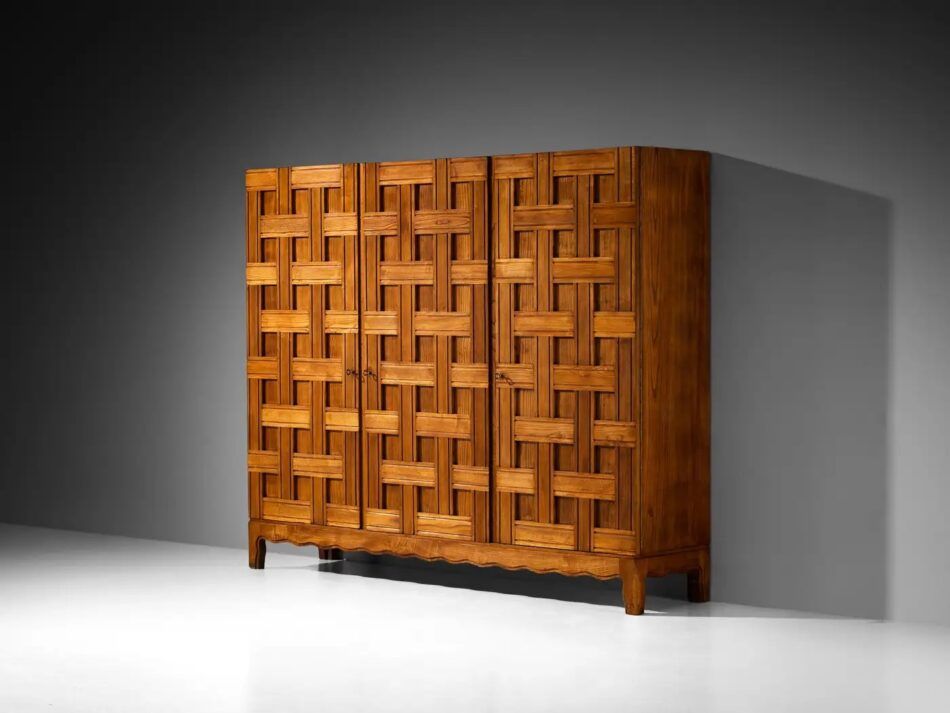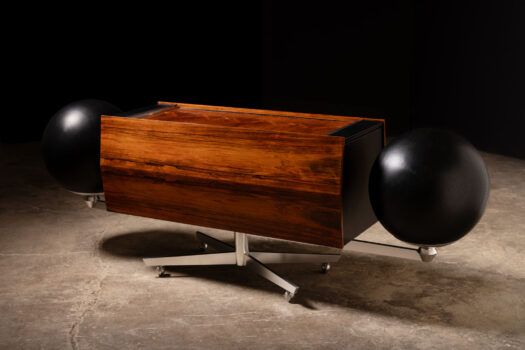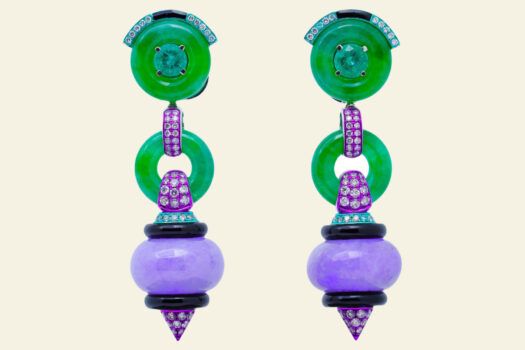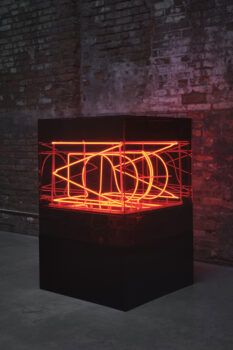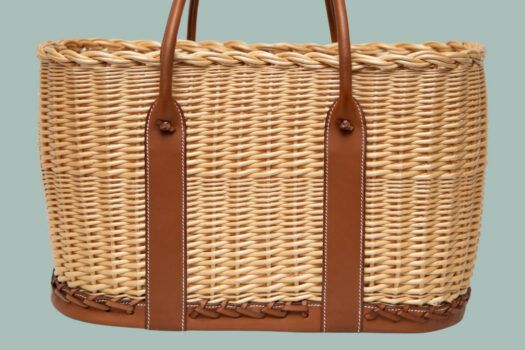The furniture of the Milanese architect and designer Paolo Buffa (1903–70) defies categorization. Buffa’s meticulously crafted work spans the central decades of the 20th century, when neoclassical tastes were giving way to streamlined Art Deco and then to Jet Age modernism. He gracefully embraced them all, sometimes in a single piece, bringing his quirky syntheses to the highest levels of refinement.
Occasionally, when creating furnishings for the wealthy owners of country villas in Lombardy, Buffa indulged in sophisticated rusticity, as in the 1940s chestnut wardrobe with basket-weave doors currently being offered on 1stDibs by Netherlands-based gallery MORENTZ. “These ‘rustic’ designs can be found at certain moments of Buffa’s career, but they constitute a fraction of his overall body of work,” says Naomi Verbeek, head of collection at MORENTZ.
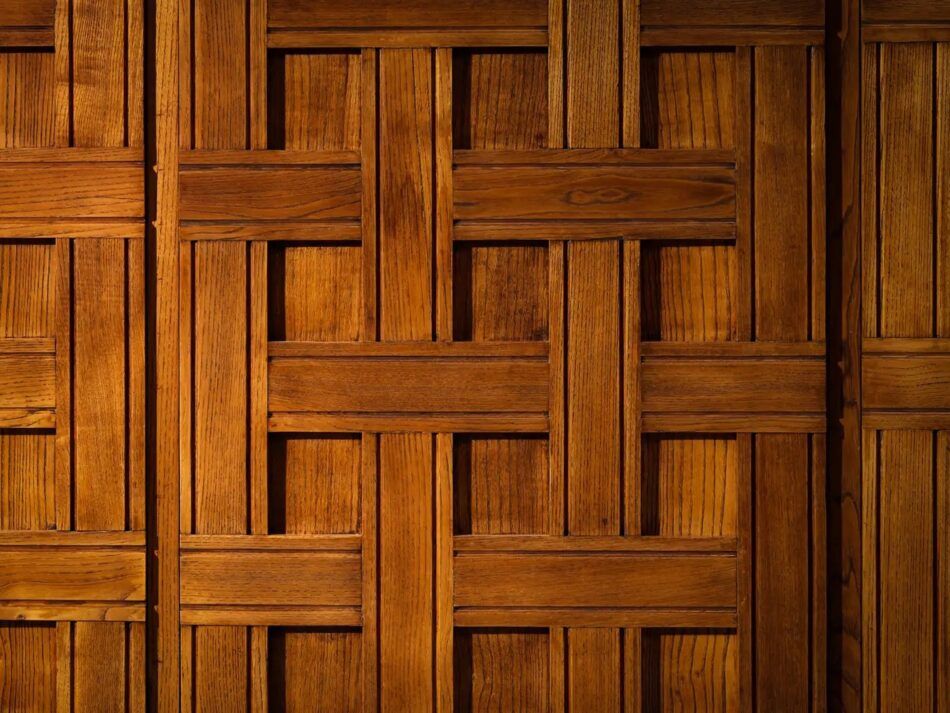
The son of a famed stained-glass artist, Buffa trained at the Politecnico di Milano and did a stint in the studio of the monumentally influential architect Gio Ponti before striking out on his own. His close relationship with the cabinetmakers and artisans who crafted his designs in small northern Italian workshops was key. During production, he would look in on them frequently, offering guidance.
His work was exhibited in the Triennale di Milano and the Salon des Artistes Décorateurs in Paris but never mass-manufactured or widely distributed abroad. “This insured extraordinary quality but also limited Buffa’s visibility in broader commercial markets,” Verbeek says. “Each piece, or small series, was essentially bespoke,” for a specific client.
Buffa designed not only furnishings but oftentimes the structures that housed them as well, including public buildings and private villas. He outfitted a yacht for King Farouk of Egypt and was hired to decorate the palace of Albania’s King Zog, but the queen nixed his plans. Buffa’s clientele encouraged his flights of artistic fancy: armchairs with wings so exaggerated they look as if they’re about to take off, dining chairs with unusually high ladder backs with scalloped rungs, tables with legs tapering to stiletto points.
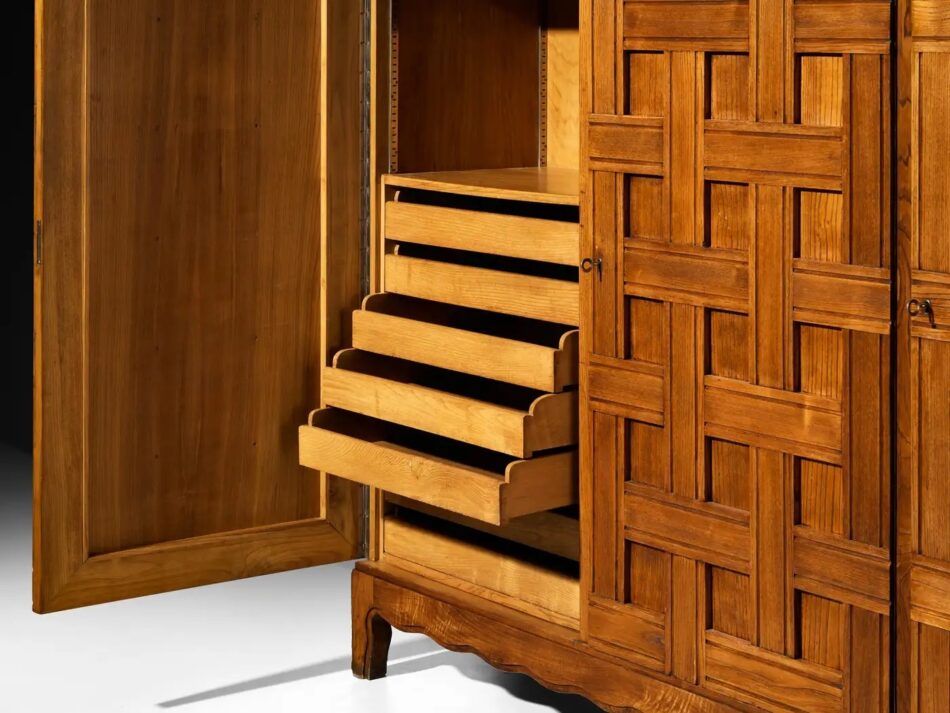
MORENTZ’s rich-chestnut wardrobe — a wall spanner at seven feet wide and six feet high — is one of Buffa’s more sober designs, a highly practical case piece distinguished by an arrangement of wood slats akin to a woven basket across its front. Whimsy is evident as well, in the wavy edges of the base and legs.
Buffa’s relative obscurity, despite the high esteem in which he’s held by connoisseurs and collectors, has kept the valuation of his output a shade under market. “He’s not a household name, though his finest works now command prices on par with his more famous contemporaries,” Verbeek says. “The trajectory is up.”
